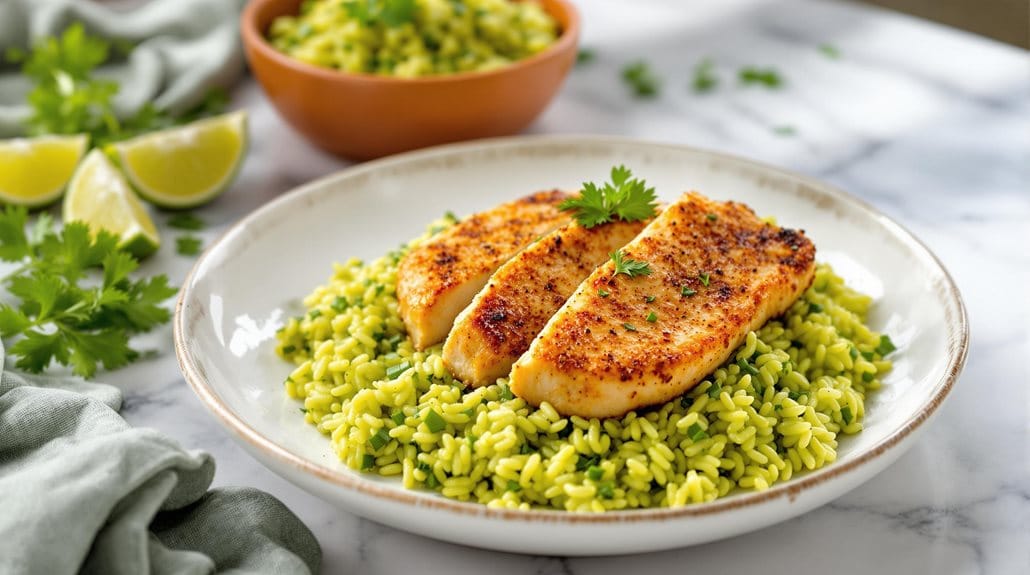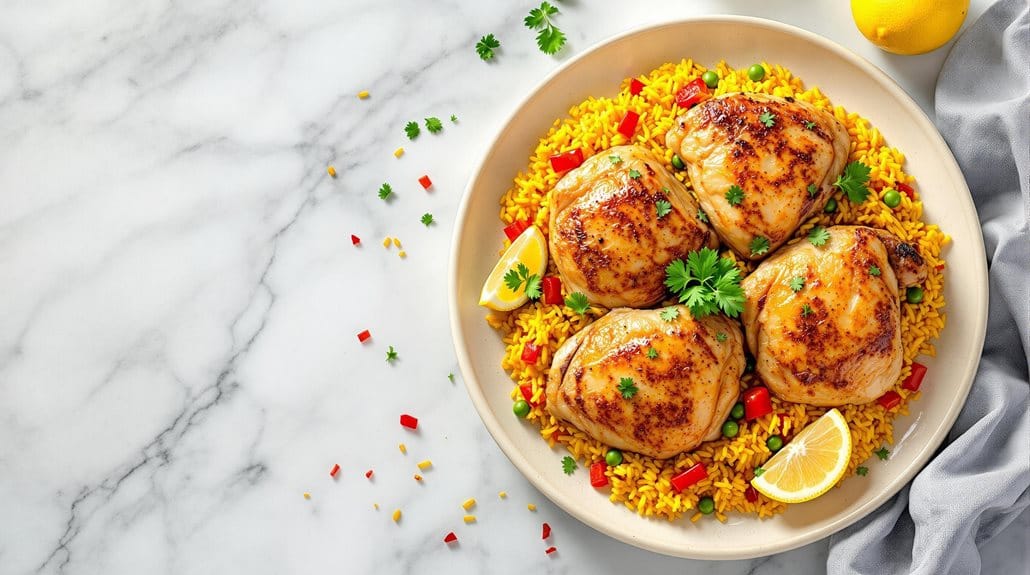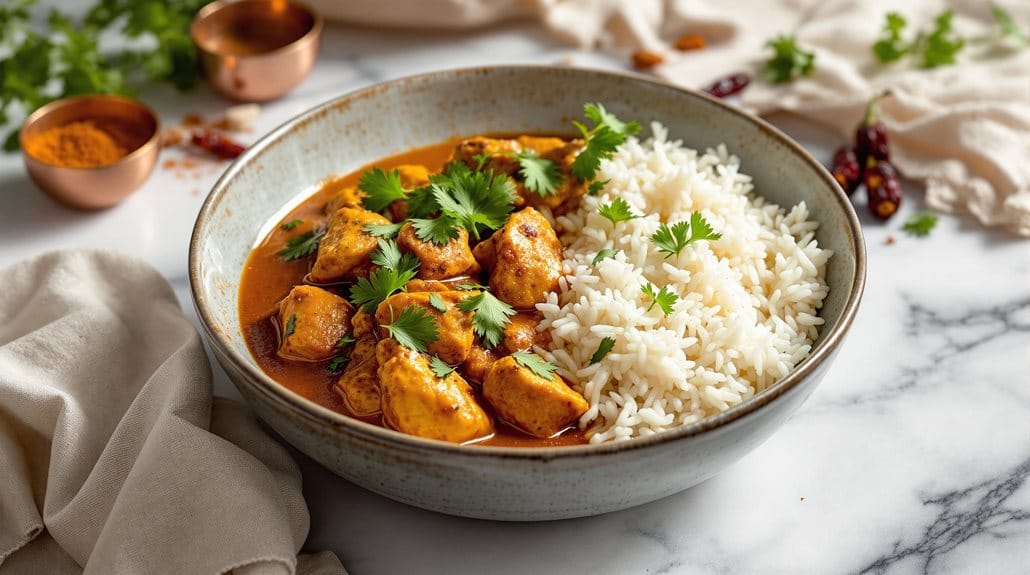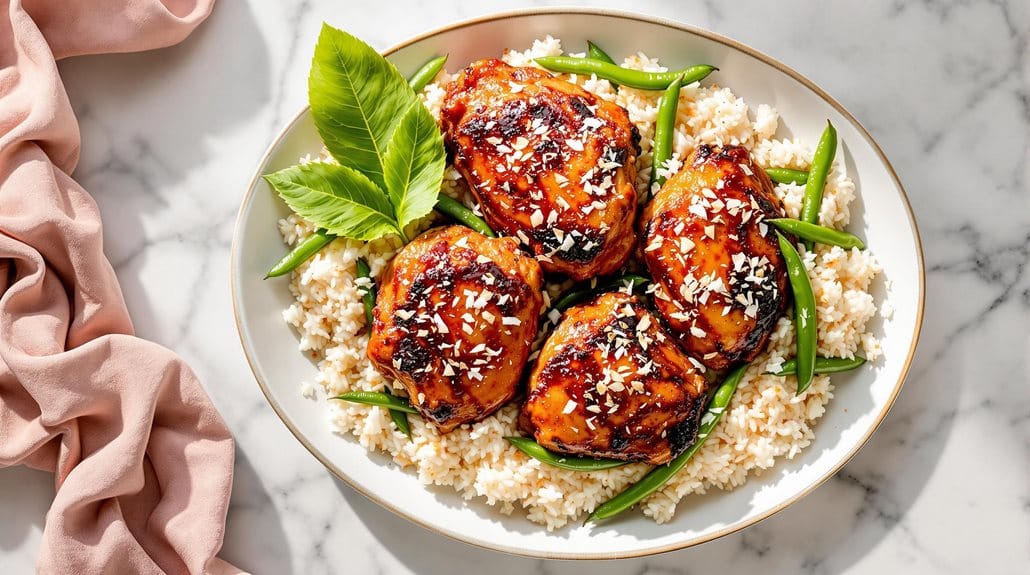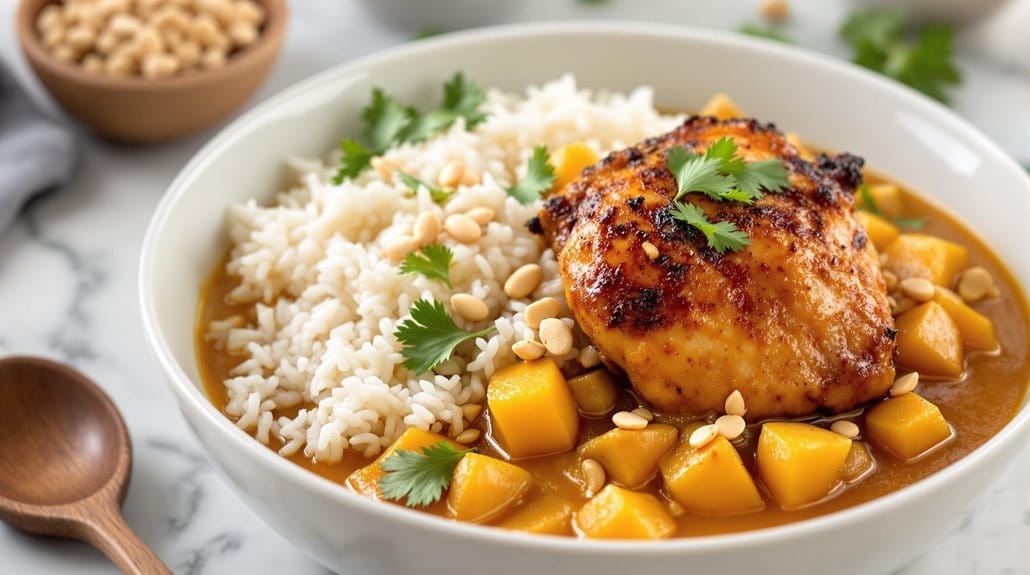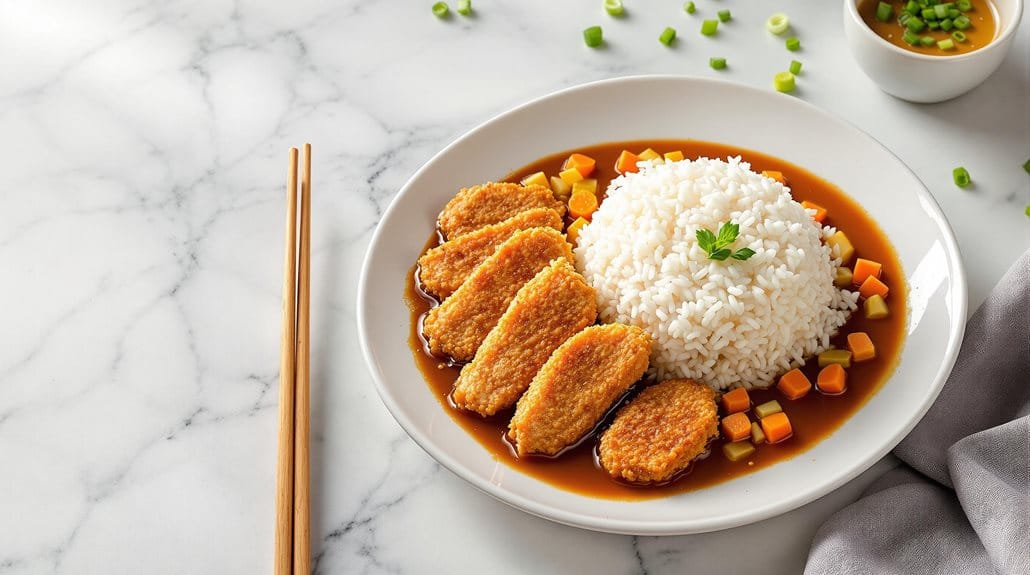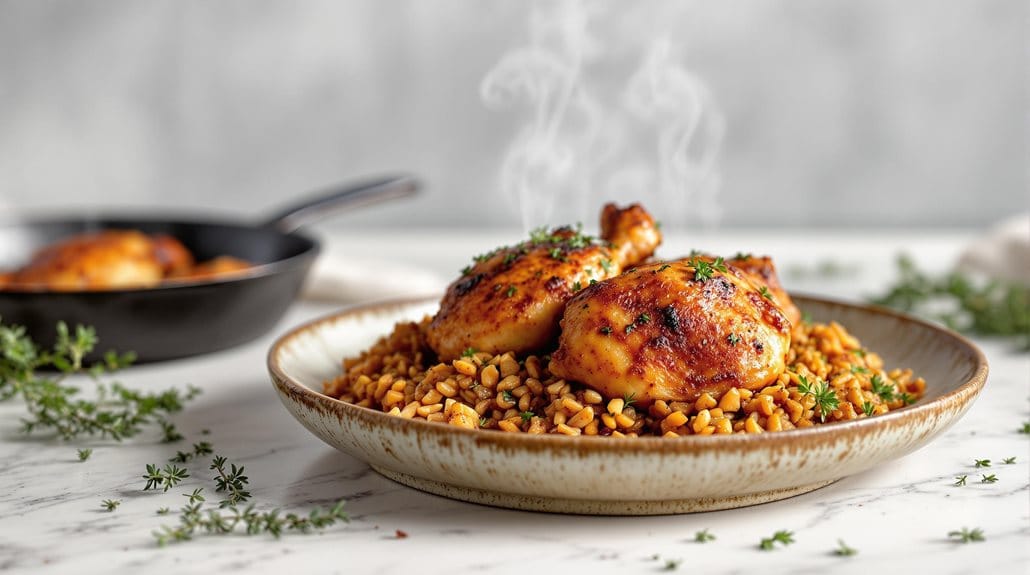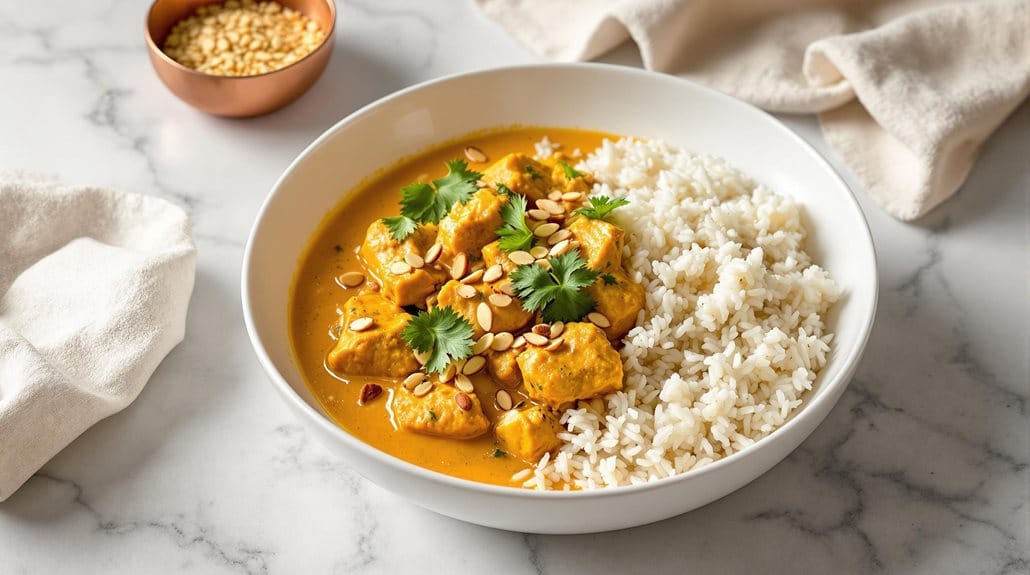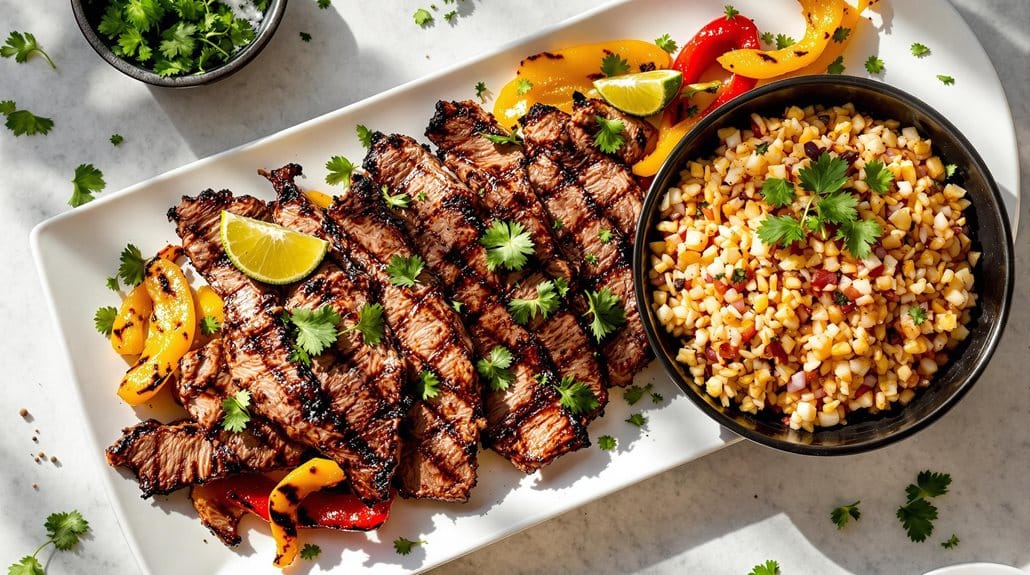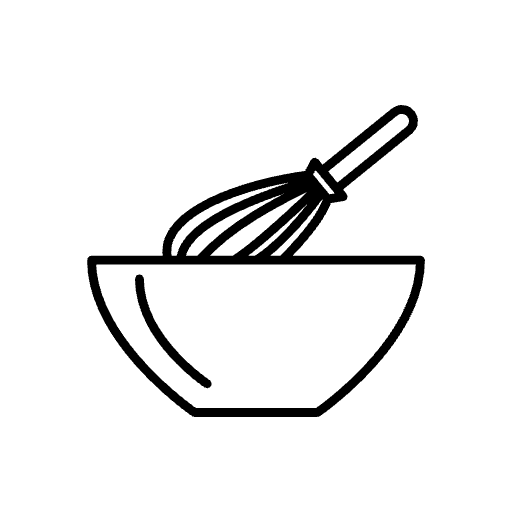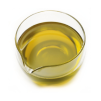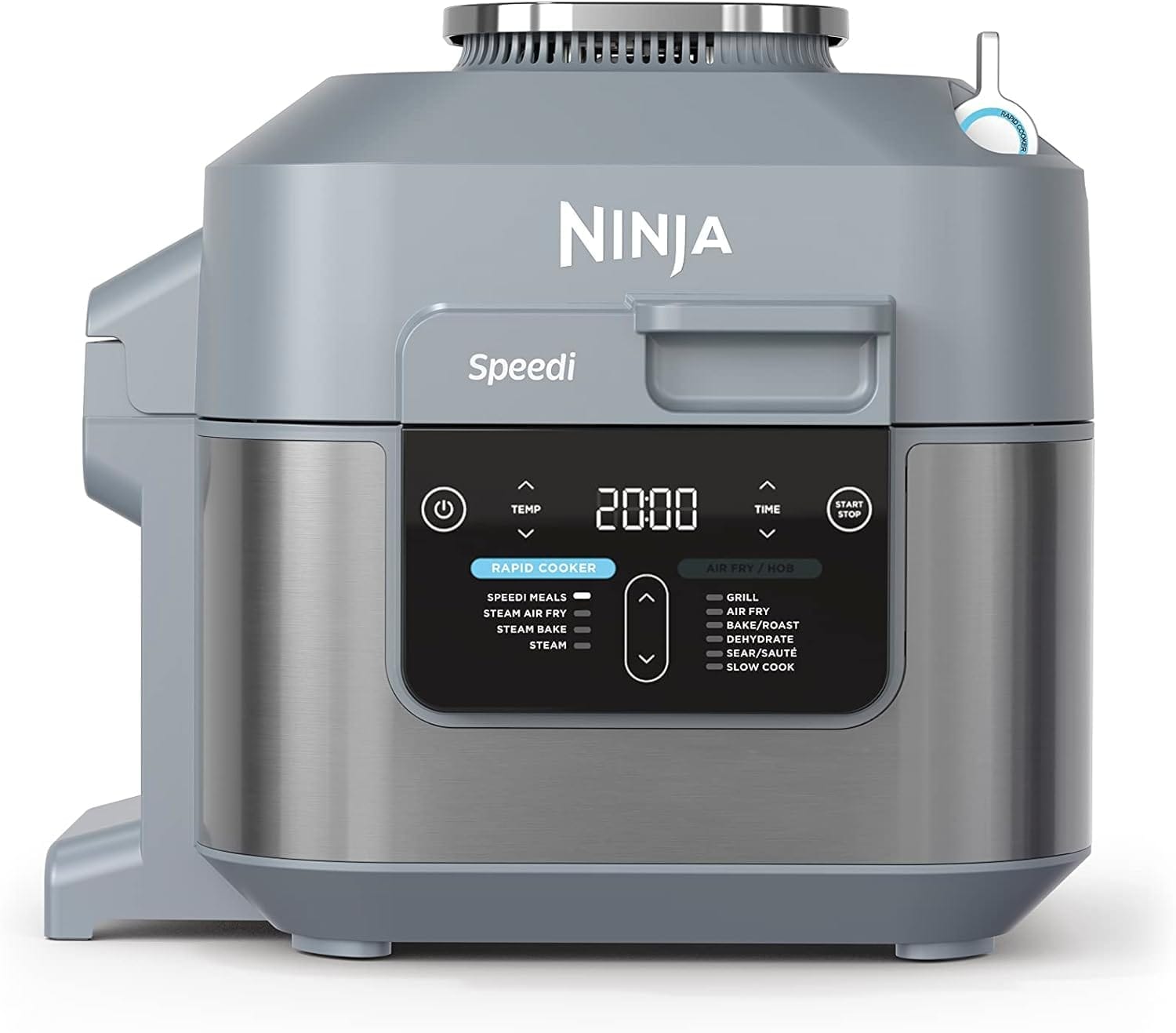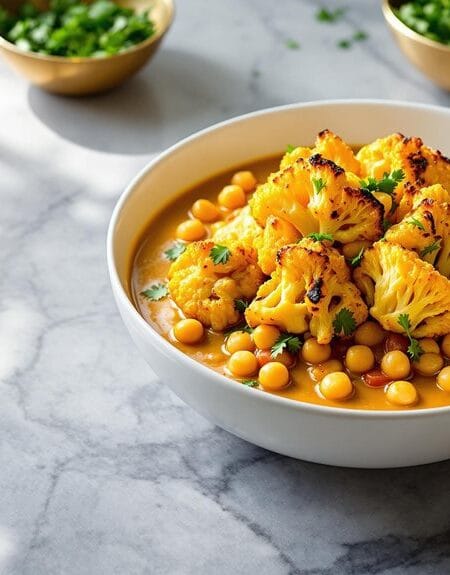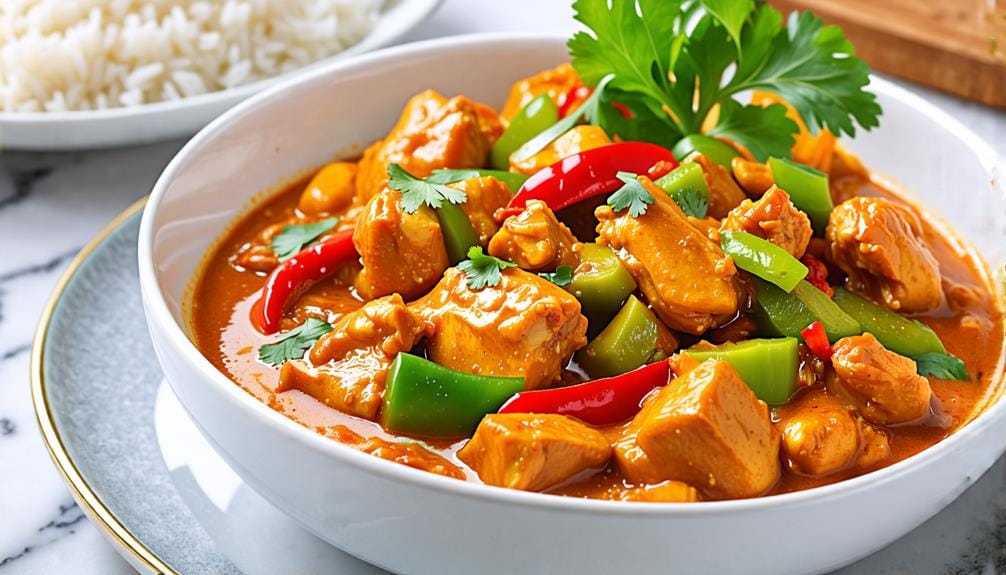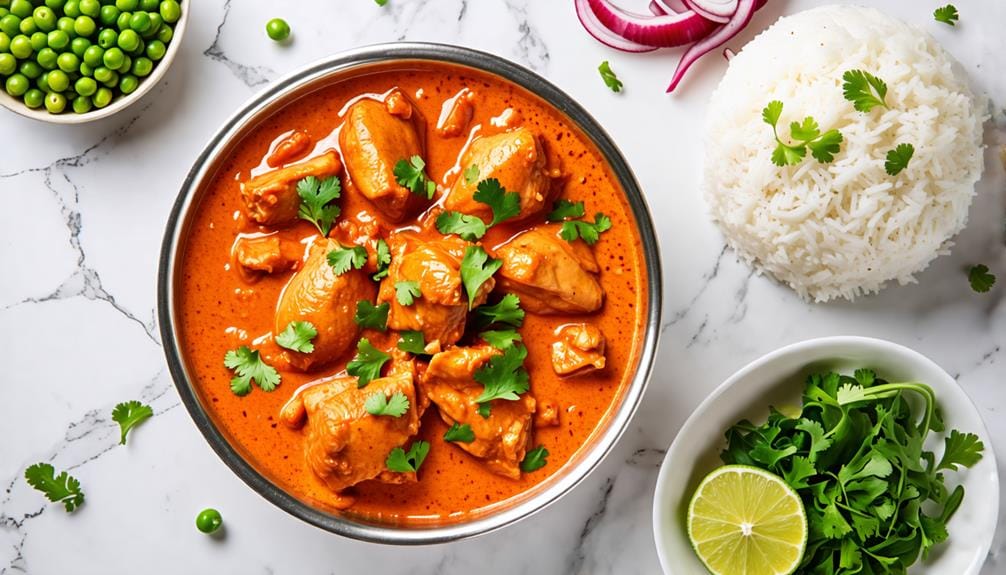| This creamy mushroom and thyme risotto delivers restaurant-quality results in just 30 minutes using the Ninja Speedi’s unique all-in-one cooking capabilities. Perfect for busy weeknights or when you’re craving a luxurious Italian dinner without hours of stirring, this comforting dish combines earthy mushrooms with fresh thyme in a velvety parmesan-rich base. For the creamiest results, let the risotto rest for 2-3 minutes after cooking before serving, allowing the rice to absorb any remaining liquid while maintaining its perfect texture. |
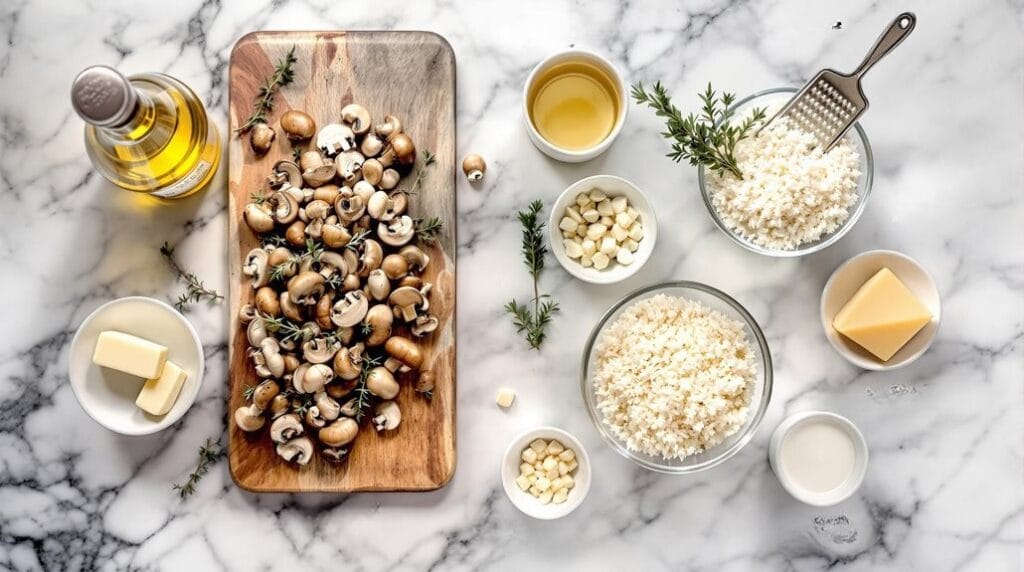
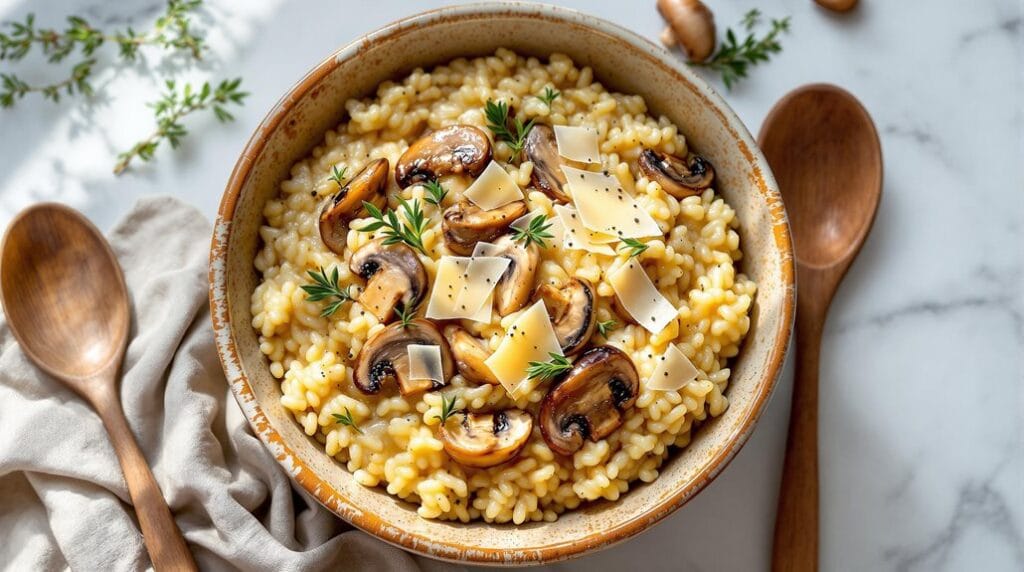
Creamy 30-Minute Mushroom & Thyme Risotto in Ninja Speedi
Description
A classic Italian comfort dish reimagined for modern convenience cooking, this creamy risotto combines earthy mushrooms with fragrant thyme and Parmesan cheese.
The Ninja Speedi's dual-cooking capability allows the risotto to develop its signature creamy texture in the bottom pot while simultaneously cooking additional mushrooms to golden perfection in the crisping tray, adding extra depth of flavour and texture to the final dish.
Ingredients
Instructions
Bottom Pot:
Select SEAR/SAUTE level 5 and add butter and oil to the pot
- Sauté shallots for 3 minutes until softened
- Add garlic and rice, stir for 2 minutes until rice is glossy
- Pour in wine and cook until absorbed
- Add half the mushrooms, thyme, and hot stock
- Close lid and steam for 18 minutes, stirring occasionally
Crisping Tray:
- Toss remaining mushrooms with olive oil, salt, and pepper
- Place in crisping tray
Set to Speedi Meals at 180°C for final 8 minutes of cooking time
Final Steps:
- Remove thyme sprigs
- Stir in Parmesan and cream
- Fold in crispy mushrooms
- Season to taste and serve immediately
Nutrition Facts
Servings 4
- Amount Per Serving
- Calories 629.91kcal
- % Daily Value *
- Total Fat 28.46g44%
- Saturated Fat 14.1g71%
- Trans Fat 0.37g
- Cholesterol 60.48mg21%
- Sodium 1123.87mg47%
- Potassium 591.61mg17%
- Total Carbohydrate 76.25g26%
- Dietary Fiber 5.11g21%
- Sugars 5.49g
- Protein 15.89g32%
- Vitamin A 220.78 IU
- Vitamin C 10.91 mg
- Calcium 248.5 mg
- Iron 5.23 mg
- Vitamin D 0.75 IU
- Vitamin E 1.51 IU
- Vitamin K 11.47 mcg
- Thiamin 0.57 mg
- Riboflavin 0.58 mg
- Niacin 7.15 mg
- Vitamin B6 0.43 mg
- Folate 37.24 mcg
- Vitamin B12 0.28 mcg
- Phosphorus 317.36 mg
- Magnesium 54.5 mg
- Zinc 2.16 mg
* Percent Daily Values are based on a 2,000 calorie diet. Your daily value may be higher or lower depending on your calorie needs.
Note
Tips: For best results, use room temperature stock and stir the risotto occasionally during cooking.
Don't skip the wine as it adds depth to the flavour. If the risotto becomes too thick, add a splash of hot stock.
The finished texture should be creamy and flowing, not stiff. Let the risotto rest for 2 minutes before serving to achieve the perfect consistency.


